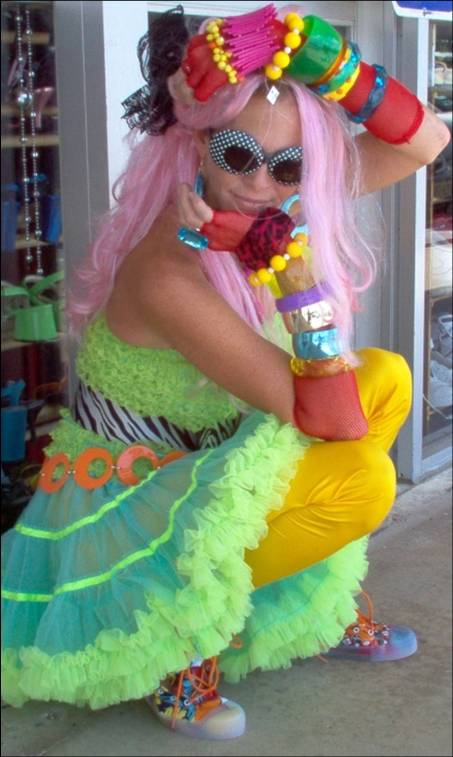
Jonathan Anderson sent both cropped and full-length fur coats down the runway for his label, and one of the most highly anticipated shows of the season, Anthony Vaccarello’s second outing for Saint Laurent, included a creamy white fur jacket in its lineup. And speaking of Off-White, Virgil Abloh showed striped fur stoles that “it” girls will be undoubtedly lusting for. At least one of the standout looks in Alessandro Michele’s Gucci collection was an off-white shin-length fur coat. Real fur appeared in many of the major collections during the Fall/Winter 2017 show season. Mark Glover, Director of Respect for Animals, a United Kingdom-based animal rights organization, concurs, telling TFL: “Businesses, and in particular, fashion companies are waking up to the increased consumer awareness about where the products they buy are coming from as well as to their own responsibilities to the environment and the people and animals we share the planet with.” He continued on to note: “As people become aware of the horrors of the fur trade, they are increasingly turning their backs on real fur and those who profit from its sale.” That was always a questionable assumption, since you can buy strips of raccoon, dog, or fox fur for as little as $5 apiece or less.” He further stated that right now, the market boasts “functionally equivalent or superior options to wearing real fur” anyway, leaving brands “just no excuse” for using real fur and consumers, no excuse for demanding it. “There is an industry-wide assumption within fashion that fur equates to luxury. The Humane Society of the U.S.’s president and chief executive officer Wayne Pacelle, says fur is less attractive than it used to be for a number of reasons, but the availability of high quality faux fur alternatives is a noteworthy factor. Kaplan noted that the market for fur has changed in recent years, “Russia and China, in particular, had become large markets for fur products, have lost their buying power, as a result of their own economic issues, thereby removing them from the equation somewhat.” This sentiment coincides with reports over the past two years or so that the $40 billion fur trade (up from some $11.7 billion in 2004) has been struggling, at least in part due to China’s corruption crackdown (and with it a reduction in extravagant spending and gifts) and the fall of the ruble, which has affected Russian consumers and their buying habits. According to the Fur Information Council of America’s director of communications Keith Kaplan, fur sales are ailing across the globe. How much – in terms of its bottom line – does YNAP stand to miss out on now that it has removed fur from its e-shelves? The narratives are split.

Two Different Narratives: Is Fur Fashion or Faux Pas?

In addition to potentially lost sales now that its offerings are completely fur free, YNAP takes the risk that consumers will simply look elsewhere for their furs of choice, such as to MyTheresa (which is currently stocking fur gilets from Saint Laurent, mink coats from Tom Ford, rabbit fur jackets from Miu Miu, and of-the-moment fur slides from Givenchy) or Neiman Marcus (it also boasts a large selection of fur coats and accessories). The Humane Society International U.K.’s executive director Claire Bass, called the move “a truly powerful message” that she hopes will spread “across the fashion world, and to luxury brands in particular.”Īlthough the PETAs of the world applaud YNAP’s ethics for removing fur from its stock, the change does not come without risks. The fashion group’s larger push for “sustainability,” as it calls it – including the move to go fur-free – is being celebrated by environmentalists and animal rights organizations and activists. With a range of initiatives, partnerships and innovations, our goal is to act as an industry-wide catalyst for change.”

YNAP’s head of sustainability Matteo James Moroni said in a statement, “We have a strong sense of responsibility and recognize the importance of making a positive contribution to society. Porter, Yoox and The Outnet, have been scrubbed of all things fur, leaving a seeming void, with only shearling and faux fur options in its place. Its e-commerce site, as well as the other sites under the Yoox Net-a-Porter (“YNAP”) umbrella, including menswear site Mr. Last week, Net-a-Porter, one of the largest online designer fashion retailers, announced that it is going fur-free.


 0 kommentar(er)
0 kommentar(er)
